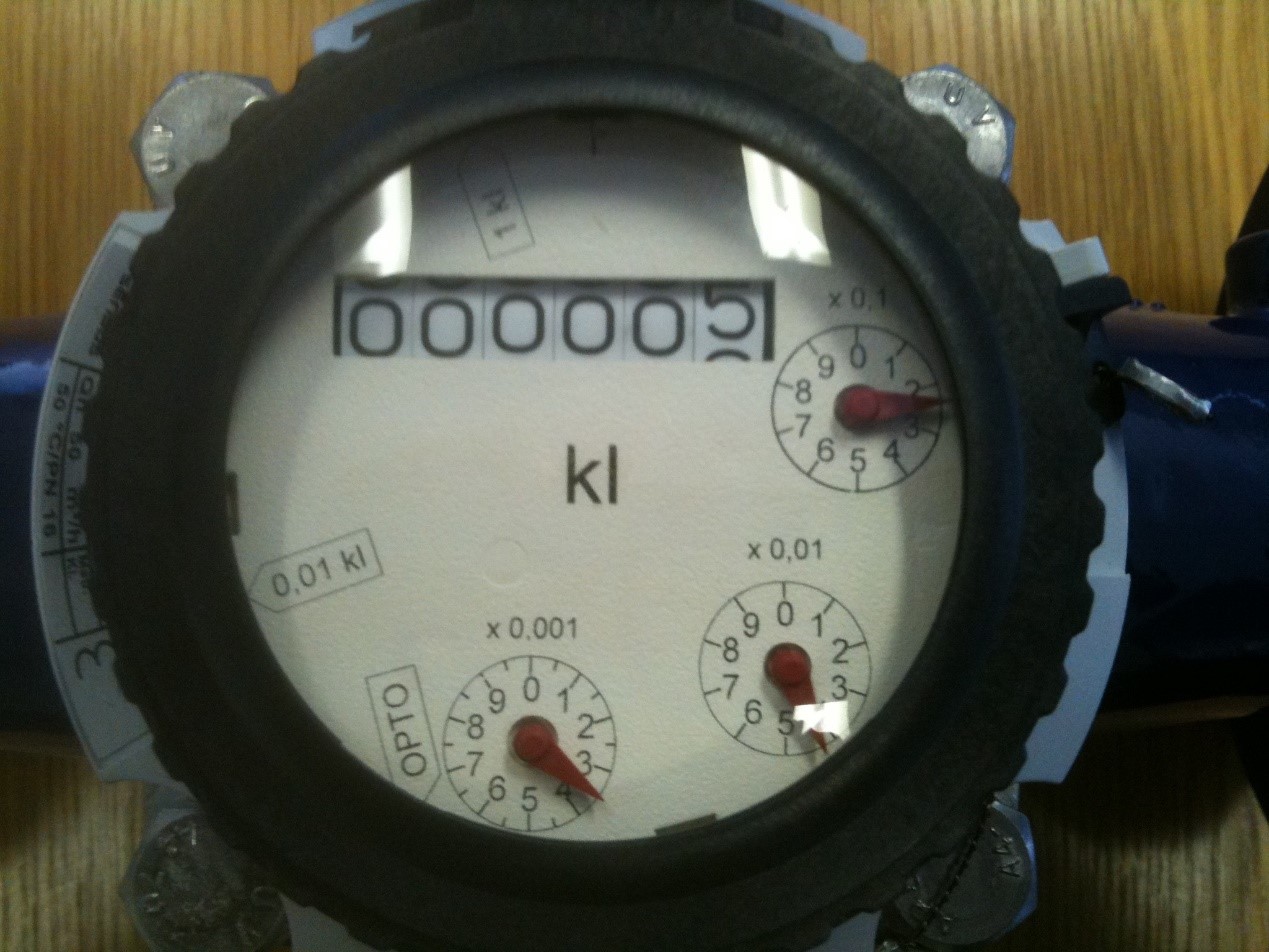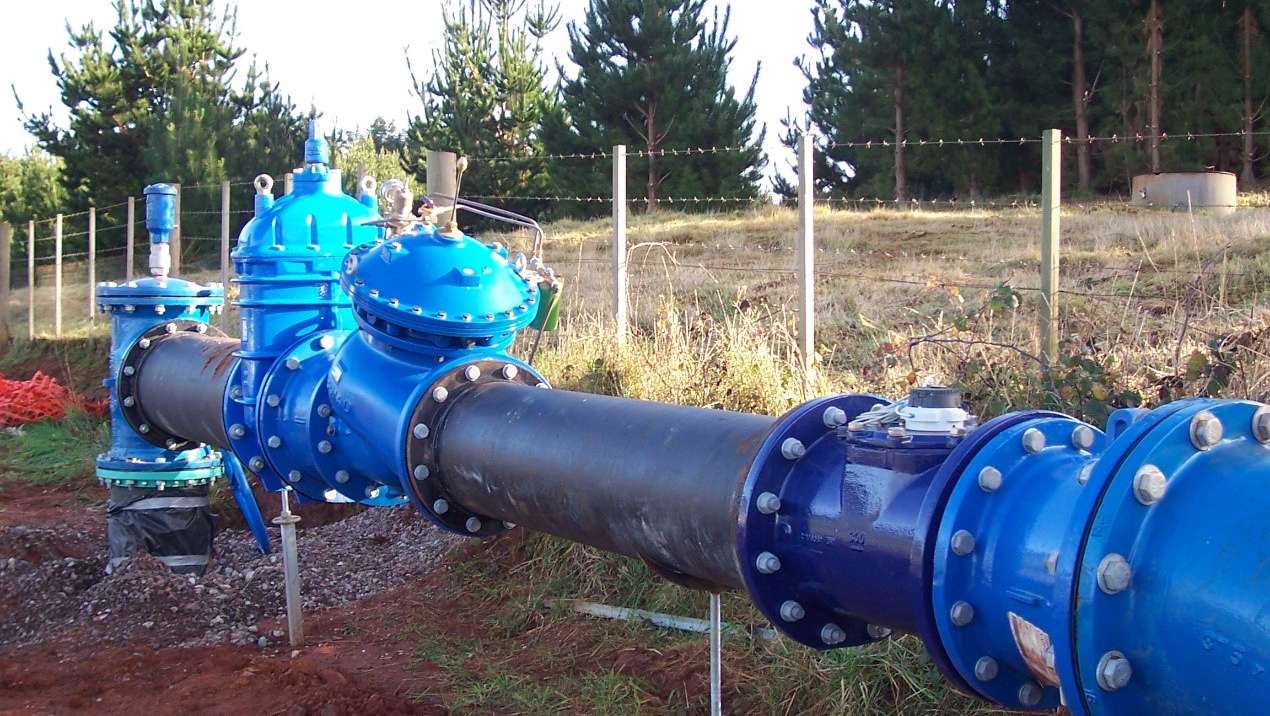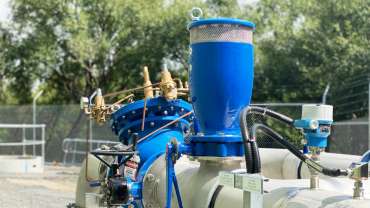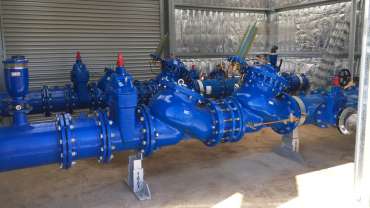Reading and understanding a weter meter
![water meter2 A water meter]()
Reading a water meter comes with its own set of conventions, and can often be confusing or hard to understand.
This article outlines the best way to read the capsule in order to ascertain the total water meter reading.
The issue
Reading a water meter comes with its own set of conventions, and can often be confusing or hard to understand. As this product is often used for billing purposes, it’s important that the meter is read accurately so cost is not over or under estimated. This article outlines the best way to read the capsule in order to ascertain the total water meter reading.
The solution
The units of flow commonly used in water meters are read in M3 (cubic meters). This unit of measurement is another way to representing KL (kilo litres). The following table describes the flow measurement units used in water meters:
Description
Unit
Litres
Mega litres
ML
1,000,000
Kilo litres
KL
1,000
Cubic metres
M3
1,000
From this table, you can see that regardless of whether the meter reads in M3 or KL, the volume is the same — it is simply a matter of terminology.
The meter capsule itself is usually fairly universal in how it identifies the flow that has passed through the water meter.

The top section of the capsule usually provides a digital reading that is represented by a six digit number. The value of each number number is usually indicated on the face of the meter and could read the following:
KL or M3 One unit = 1,000L
KL x 10 One unit = 10,000L
ML One unit = 1,000,000L
The remaining face of the capsule will have a series of rotating dials which enable you to read smaller increments of flow. Typically these dials will read as follows:
Unit on dial
Each increment =
One full rotation =
X 1
1,000L
10,000L
X 0.1
100L
1,000L
X 0.01
10L
100L
X 0.001
1L
10L
X 0.0001
0.1L
1L
As an example, the pictured capsule’s total reading is representative of the following:
5,243L 5.243 Kl (M3) 0.005243 ML
If you require further information on interpreting metering data, you can get in touch with us to learn more. Visit our knowledge hub to get the latest updates, product demonstrations and resources in the waterworks industry.
Make enquiry
Online Enquiry Close

Reading a water meter comes with its own set of conventions, and can often be confusing or hard to understand.
This article outlines the best way to read the capsule in order to ascertain the total water meter reading.
The issue
Reading a water meter comes with its own set of conventions, and can often be confusing or hard to understand. As this product is often used for billing purposes, it’s important that the meter is read accurately so cost is not over or under estimated. This article outlines the best way to read the capsule in order to ascertain the total water meter reading.
The solution
The units of flow commonly used in water meters are read in M3 (cubic meters). This unit of measurement is another way to representing KL (kilo litres). The following table describes the flow measurement units used in water meters:
| Description | Unit | Litres |
| Mega litres | ML | 1,000,000 |
| Kilo litres | KL | 1,000 |
| Cubic metres | M3 | 1,000 |
From this table, you can see that regardless of whether the meter reads in M3 or KL, the volume is the same — it is simply a matter of terminology.
The meter capsule itself is usually fairly universal in how it identifies the flow that has passed through the water meter.

The top section of the capsule usually provides a digital reading that is represented by a six digit number. The value of each number number is usually indicated on the face of the meter and could read the following:
KL or M3 One unit = 1,000L
KL x 10 One unit = 10,000L
ML One unit = 1,000,000L
The remaining face of the capsule will have a series of rotating dials which enable you to read smaller increments of flow. Typically these dials will read as follows:
| Unit on dial | Each increment = | One full rotation = |
| X 1 | 1,000L | 10,000L |
| X 0.1 | 100L | 1,000L |
| X 0.01 | 10L | 100L |
| X 0.001 | 1L | 10L |
| X 0.0001 | 0.1L | 1L |
As an example, the pictured capsule’s total reading is representative of the following:
5,243L 5.243 Kl (M3) 0.005243 ML
If you require further information on interpreting metering data, you can get in touch with us to learn more. Visit our knowledge hub to get the latest updates, product demonstrations and resources in the waterworks industry.
Make enquiry


